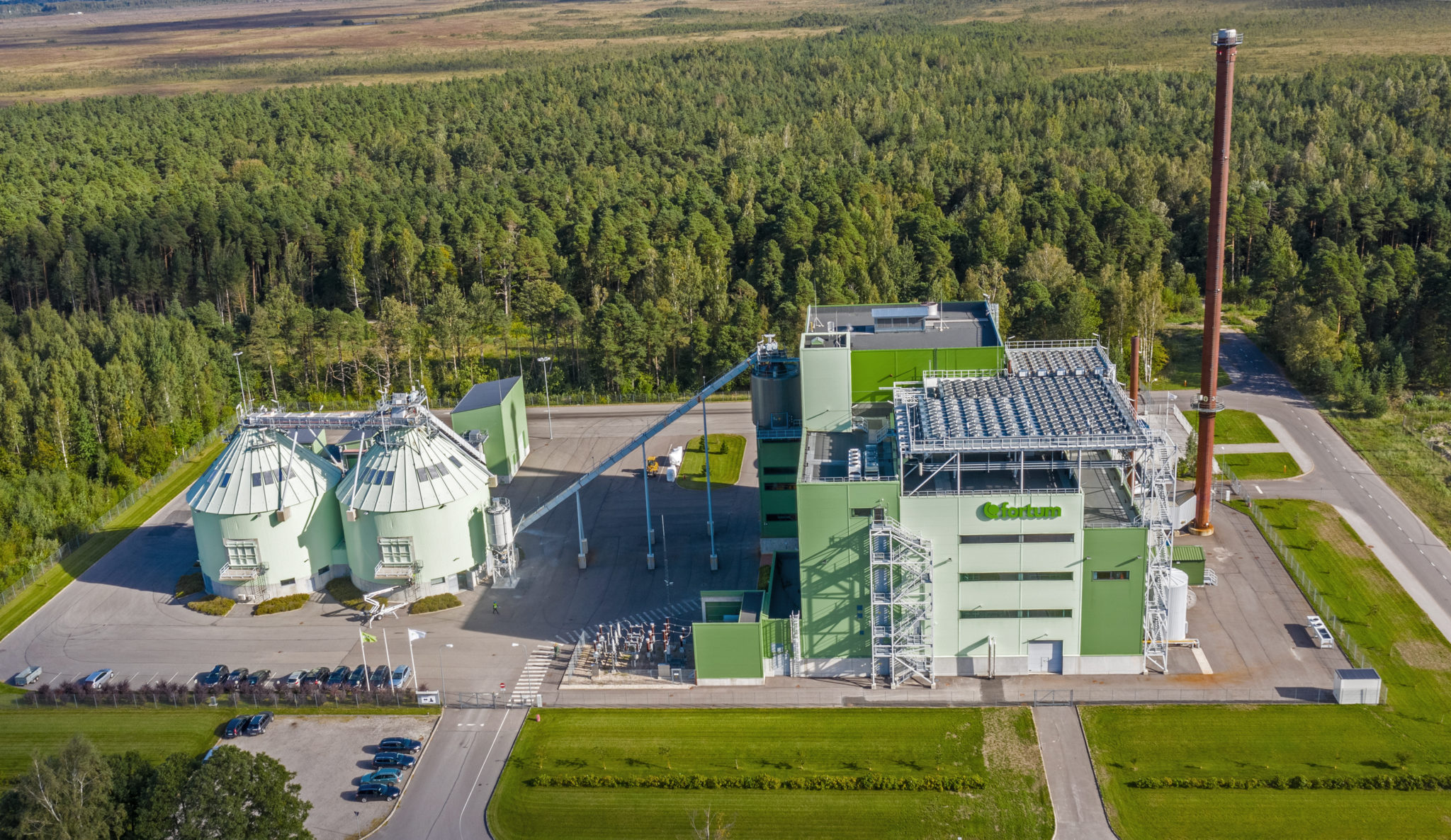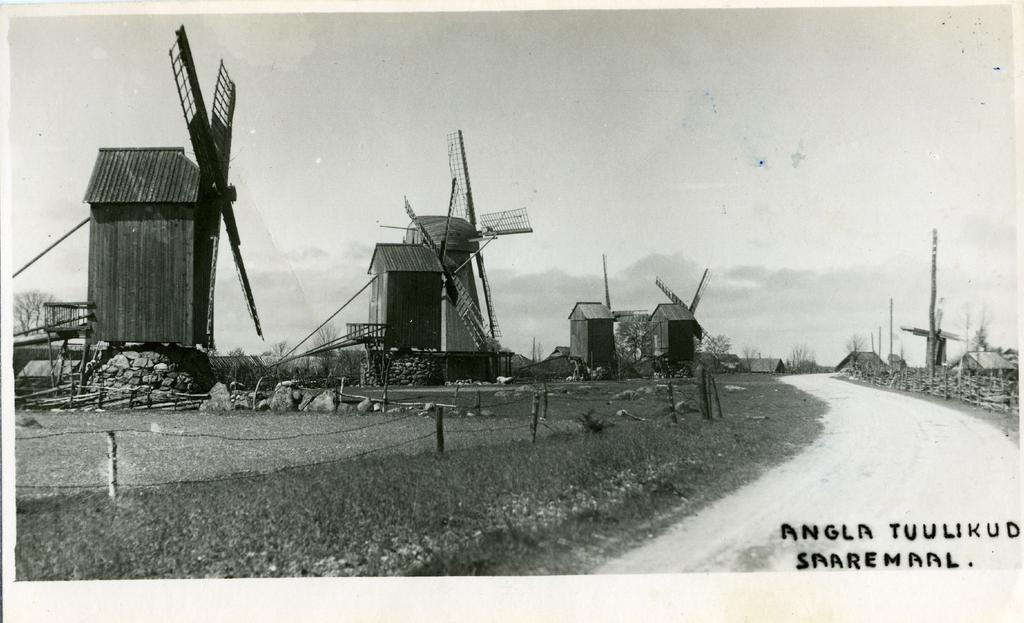What is renewable energy?
By 2050, Europe should become a climate-neutral continent. In order to achieve that, the Member States of the European Union should also stop producing and consuming fossil fuels in the energy sector and invest more in renewable energy.
Renewable energy is a resource (e.g. solar or wind, but also geothermal or wave energy) that is used continuously or that is recovered through the circulation of substances in different ecosystems (e.g. biomass energy – timber, energy bush, straw, etc.) without human activity reducing its amount to an extent that would endanger local ecosystems. Renewing presupposes that the resource is used sustainably, i.e. that no more is consumed than is generated, which is why these resources can be used in that way for thousands of years. Renewable energy can be used for electricity and heat production, motor fuels, and energy services in off-the-grid areas [1].
According to the plan of the Estonian Renewable Energy Association, the full transition of the Estonian electricity and heat economy to renewable sources is technologically possible, economically reasonable, and unavoidable from the point of view of the environment [1]. More widespread use of renewable energy will help improve the environment and promote sustainable development and the health of the population [2]. As a first priority, the use of renewable energy would reduce greenhouse gas emissions, but also the impact of oil shale energy on aquatic ecosystems, mire communities, and landscapes would lessen.
Last modified: 13.01.2022
____________________________
[1] http://www.taastuvenergeetika.ee/wp-content/uploads/2020/10/ETEK_aastaraamat_A4_2019_veeb.pdf
[2] http://www.taastuvenergeetika.ee/wp-content/uploads/2016/11/TE100_2.0esitlus-1.pdf

